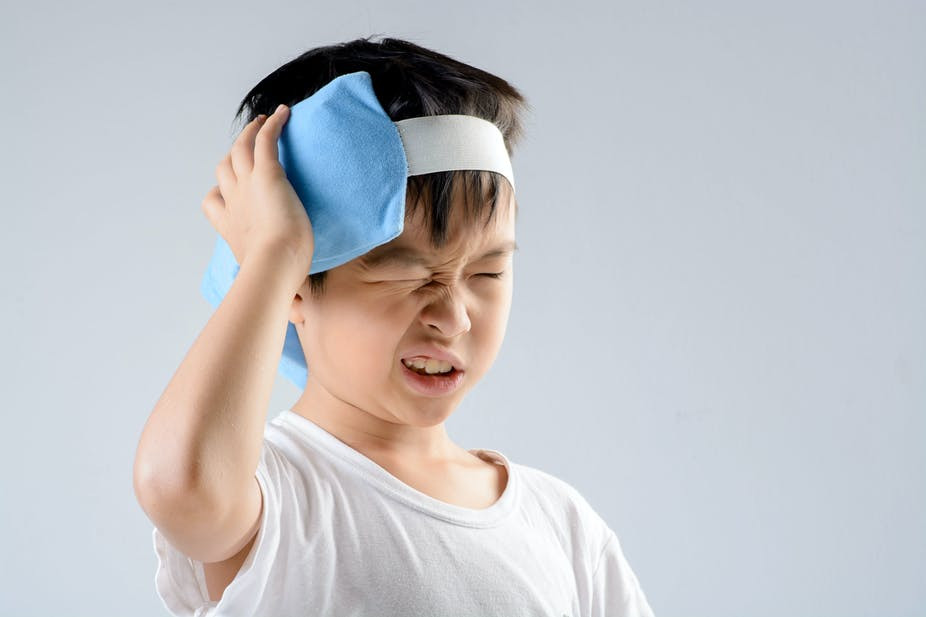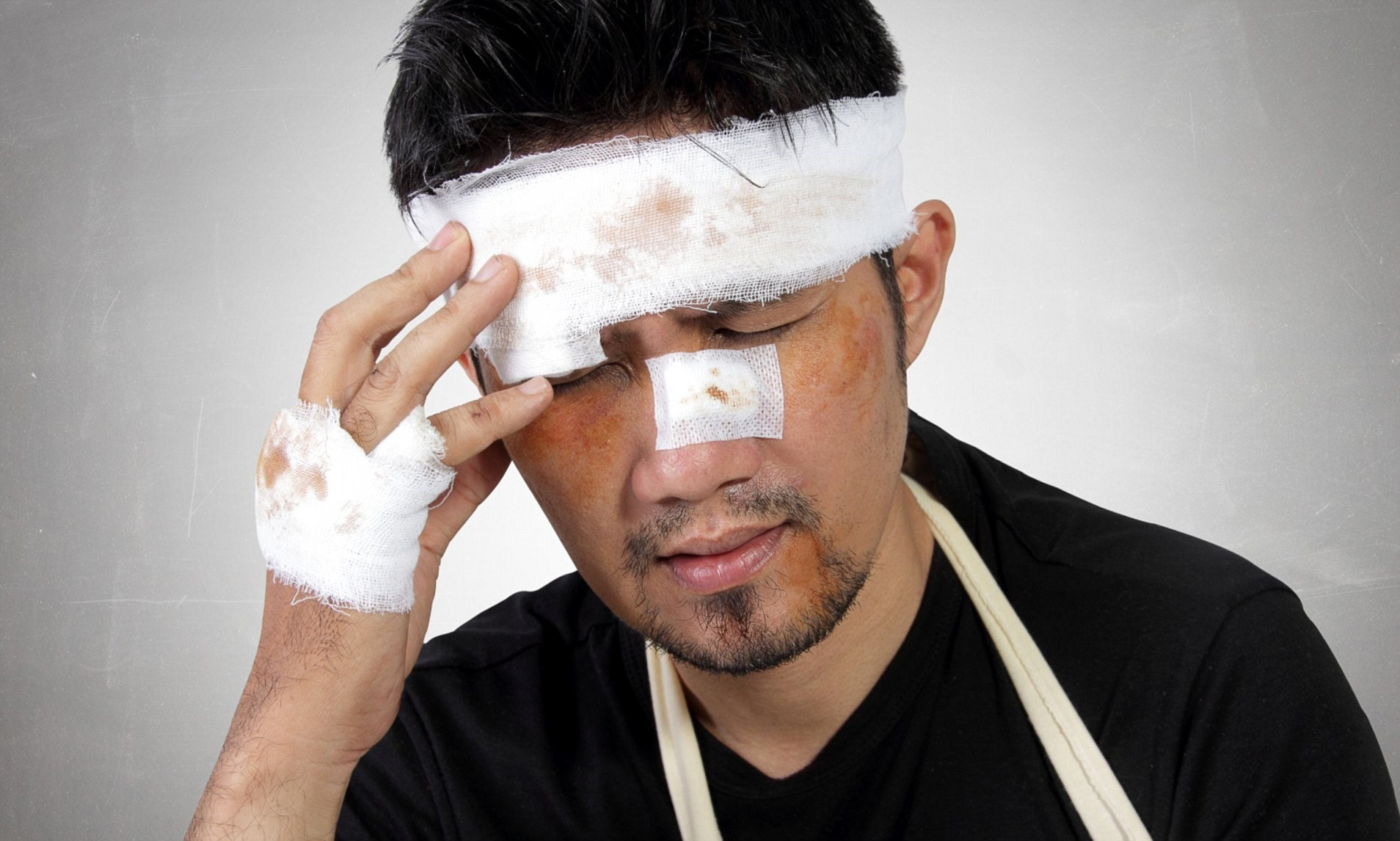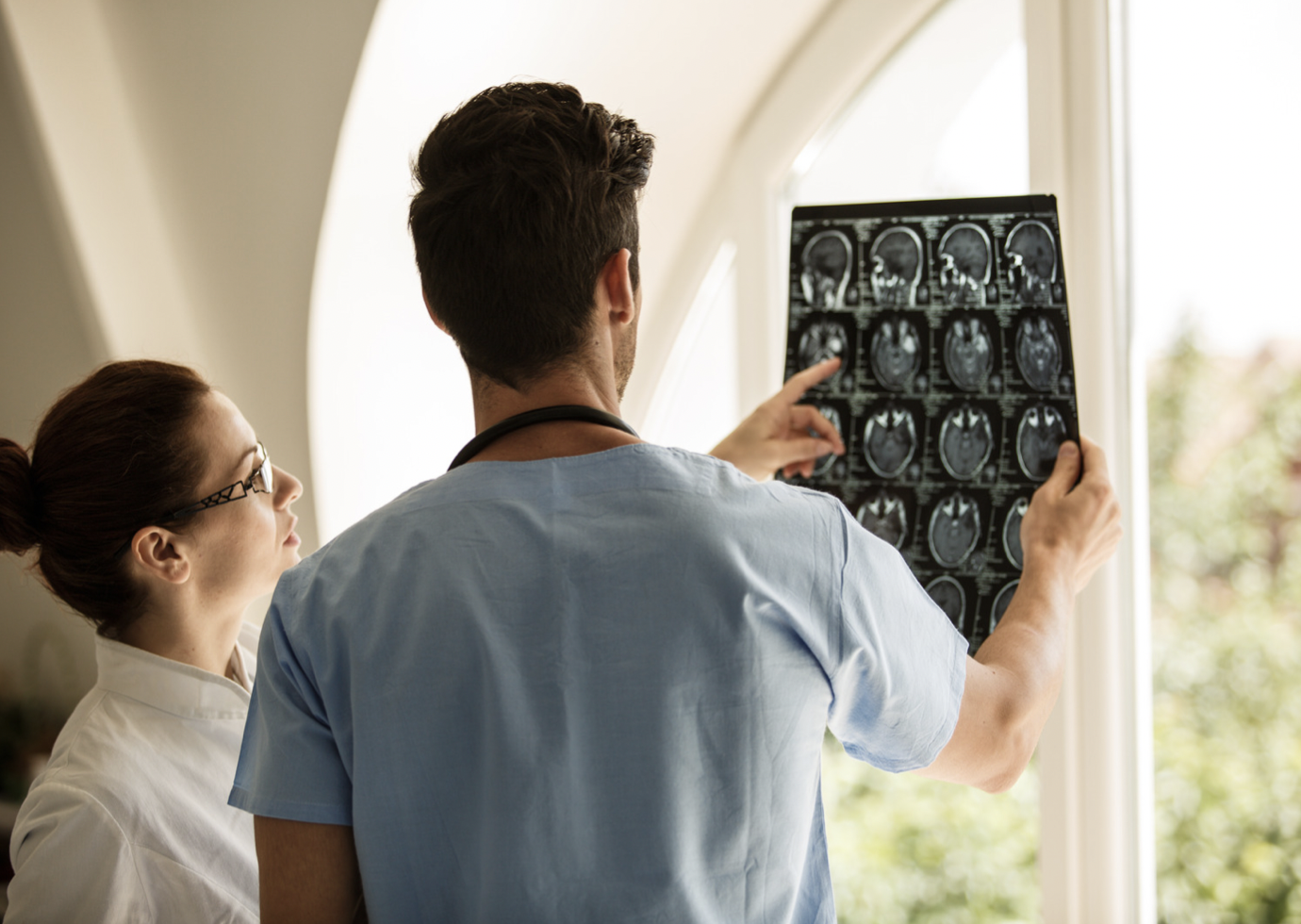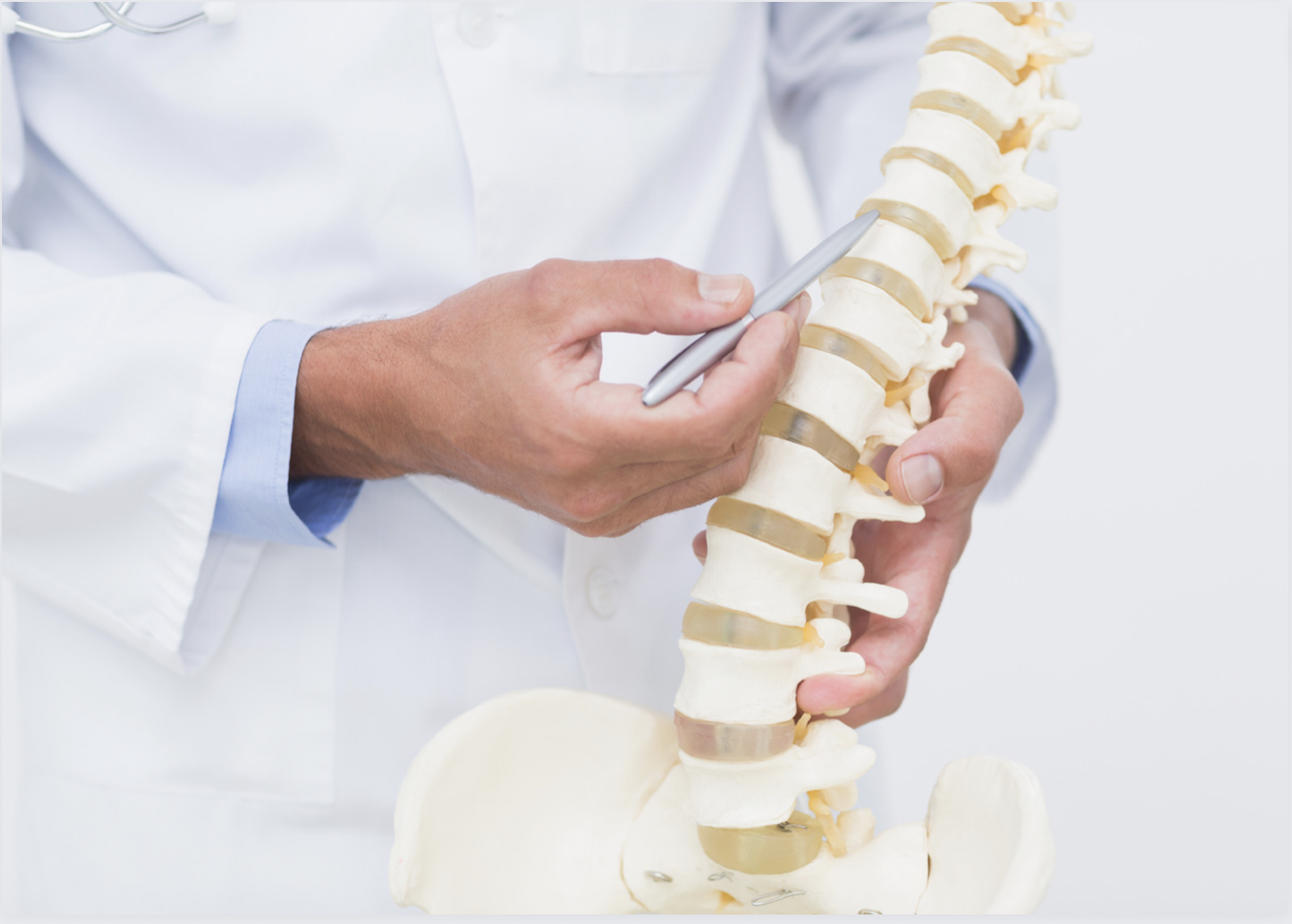Definition
A head injury refers to damage to the scalp, skull, or brain caused by trauma. If brain damage occurs, it is known as a traumatic brain injury (TBI). Head injuries are especially common in children, adults up to 24 years old, and those over 75 years old. Traumatic brain injuries occur more often in men than in women. Although only 10% of traumatic brain injuries occur in the elderly, they account for over 50% of deaths from such injuries.
Causes
The most common causes of head injuries are traffic accidents, falls, and violence. Sports that carry a risk of head injury include cycling, soccer, basketball, baseball, and recreational vehicles like go-karts. Based on the mechanism, head injuries are categorized into blunt trauma (most common), penetrating trauma (most fatal), and blast injuries.
Risk factor
Head injuries are common among children, adults up to 24 years old, and the elderly over 75 years old. This is because younger individuals are more engaged in physical activities such as sports and driving, while older adults experience a decline in bodily functions, including balance. Men are twice as likely to be hospitalized for brain injuries compared to women.
Symptoms
Symptoms of head injuries vary widely depending on severity. Decreased consciousness can occur immediately or persistently, depending on the degree of the injury. This can be assessed by eye movements, verbal communication abilities, and limb movements. Eye movements may be normal or impaired, leading to vision disturbances like double vision. This is crucial as it may indicate increased pressure inside the head pressing on the brain. Other signs of increased intracranial pressure include vomiting and headaches.
Additional symptoms may include wounds or bleeding on the head or ear canal, which can indicate brain injury. Hearing loss and anosmia (loss of the sense of smell) may also occur. Difficulty swallowing and facial paralysis on one side can be signs of a temporal bone fracture, located on the side of the head.
Types of head injuries
Symptoms can also appear in the limbs, such as tremors, dystonia (uncontrolled muscle contractions), and balance difficulties.
Generally, head injuries are divided into four types:
- Concussion: The most common type, occurs when the brain is shaken hard enough to hit the skull. Trauma doesn't need to occur directly to the head to cause this condition; a strong impact elsewhere on the body can also cause a concussion.
- Brain contusion: The brain can suffer a bruise, leading to bleeding and swelling.
- Intracranial hemorrhage: Bleeding within the head that can compress the brain and form clots.
- Skull fracture: A broken skull bone can injure the brain, causing bleeding or other abnormalities.
Diagnosis
Diagnosis is made with immediate care and a head CT scan. Patients with head injuries are typically assessed and managed based on the ABCDE approach: airway, breathing, circulation, disability (consciousness and light reflex in the eyes), and exposure (other body injuries). Once stable, further neurological exams can be performed. You may be asked to move parts of your body, and doctors will take note of the trauma's chronology, medication history, and last meal time.
A head CT scan is used to detect any head and brain damage. If brain injury is not identified, an MRI may be performed. However, CT scans are prioritized for their speed and ability to detect various damages.
Laboratory tests may be conducted to check various conditions. Blood electrolyte tests, such as sodium and magnesium levels, can reveal the impact of head injury. Blood clotting tests can identify bleeding risks due to clotting disorders. Toxicology tests, like alcohol and drug screenings, may determine the possible causes of the head injury.
Management
Head injury management begins upon arrival at the hospital. The primary goal is to prevent further brain injury. This includes ensuring an open airway, addressing oxygen or fluid deficiencies, and managing other life-threatening conditions. Once the patient is stable, treatment is tailored to their specific condition.
If intracranial pressure increases, doctors may attempt to lower it with medication, fluid drainage, or oxygen therapy. Surgery might be considered, especially if rapid pressure reduction is crucial for recovery.
Diet after a head injury focuses on maintaining protein levels and electrolyte balance, essential for recovery and preventing further brain injury.
For mild head injuries treated at home, follow these steps:
- Apply ice wrapped in a cloth regularly to reduce swelling.
- Ensure adequate rest and avoid stress.
- Take pain relievers like paracetamol or ibuprofen for headaches.
- Have an adult stay with you or your child for the first 24 hours after the injury.
Precautions
- Do not return to work or school until fully recovered.
- Avoid driving until fully healed.
- Refrain from contact sports like soccer or basketball for three weeks.
- Avoid alcohol and illegal drugs until fully recovered.
- Do not take sleeping pills during recovery unless prescribed by a doctor.
Complications
Patients with head injuries are prone to vascular problems like deep vein thrombosis (DVT), the formation of blood clots that block blood flow. Other complications include nerve issues, brain fluid problems (such as leaks or accumulation), infections, especially with open wounds or fractures, seizures, and brain swelling.
If the brain is damaged, symptoms may include headaches, limb movement disorders, and psychiatric issues like depression and bipolar disorder.
Prevention
Prevent head injuries by wearing protective headgear during high-contact activities and when riding bicycles or motorcycles. Avoid excessive alcohol and illegal drug use to prevent falls or traffic accidents. For the elderly, installing handrails beside the bed can prevent falls.
When to see a doctor?
Seek medical attention if you or your child experiences:
- A head bump followed by a brief loss of consciousness.
- Vomiting since the injury occurred.
- Persistent headache despite taking pain relievers.
- Behavioral changes, such as increased irritability or loss of interest in activities.
- Frequent crying (especially in infants).
- Memory problems.
- Alcohol or drug use shortly before the injury.
- Blood clotting disorders like hemophilia or use of blood thinners.
- Previous brain surgery.
- dr Nadia Opmalina
Head Injuries and Trauma in Sports: Causes and Treatments. (2021). Retrieved 6 December 2021, from https://www.webmd.com/fitness-exercise/guide/head-injuries-causes-and-treatments#1
Head injury and concussion. (2021). Retrieved 6 December 2021, from https://www.nhs.uk/conditions/head-injury-and-concussion/
Olson, D. (2018). Head Injury: Practice Essentials, Background, Pathophysiology. Retrieved 6 December 2021, from https://emedicine.medscape.com/article/1163653-overview
Shaikh, F., & Waseem, M. (2021). Head Trauma. Retrieved 6 December 2021, from https://www.ncbi.nlm.nih.gov/books/NBK430854/












